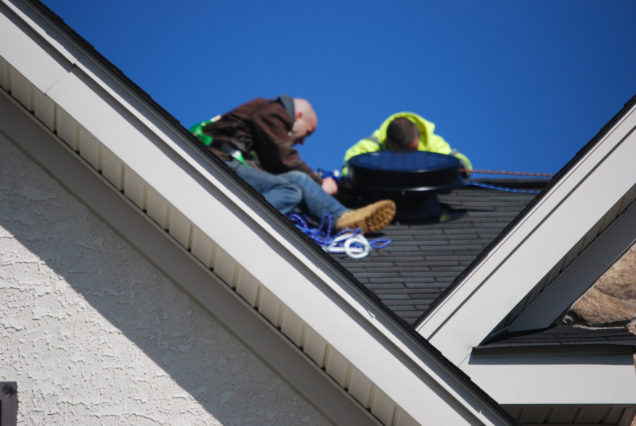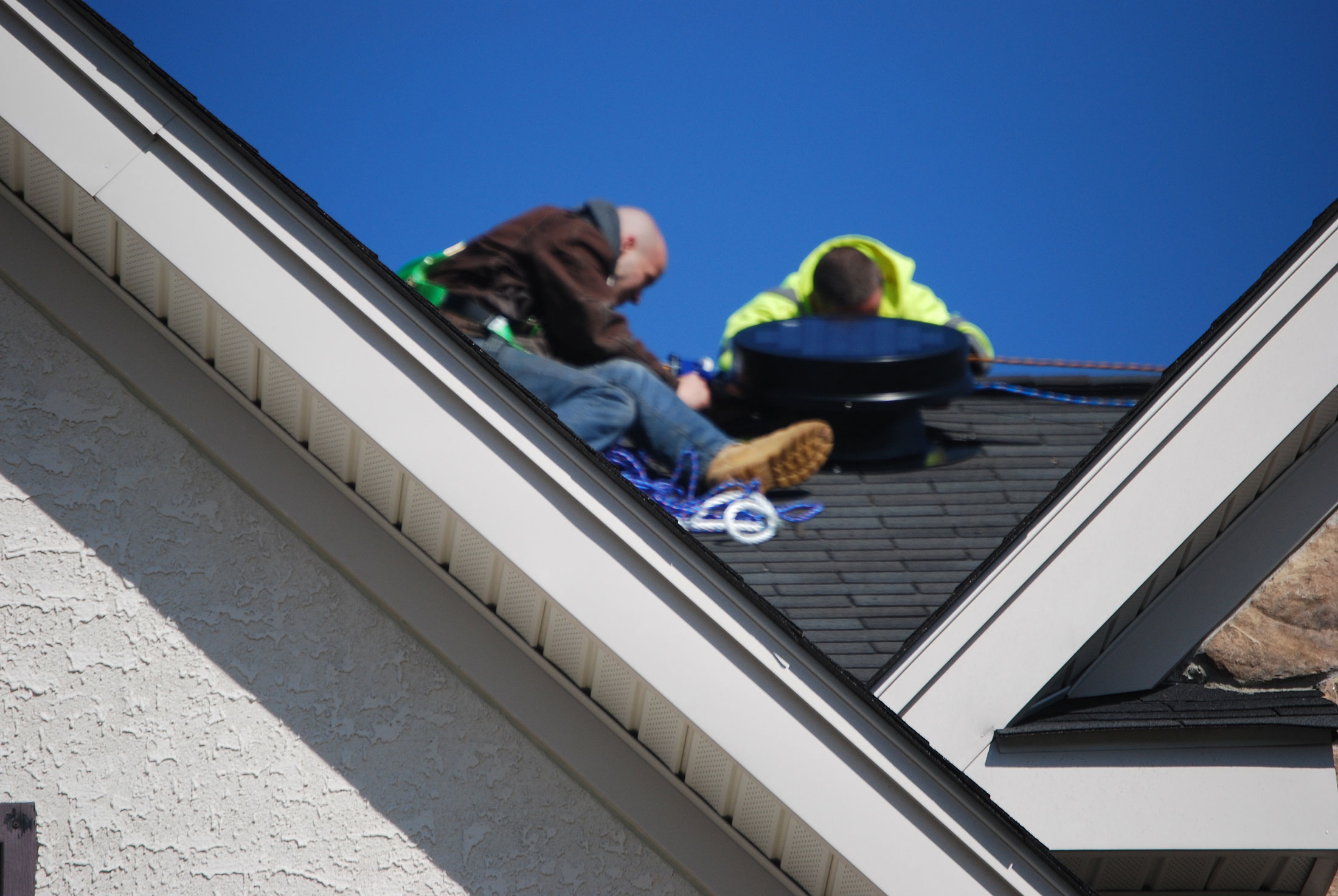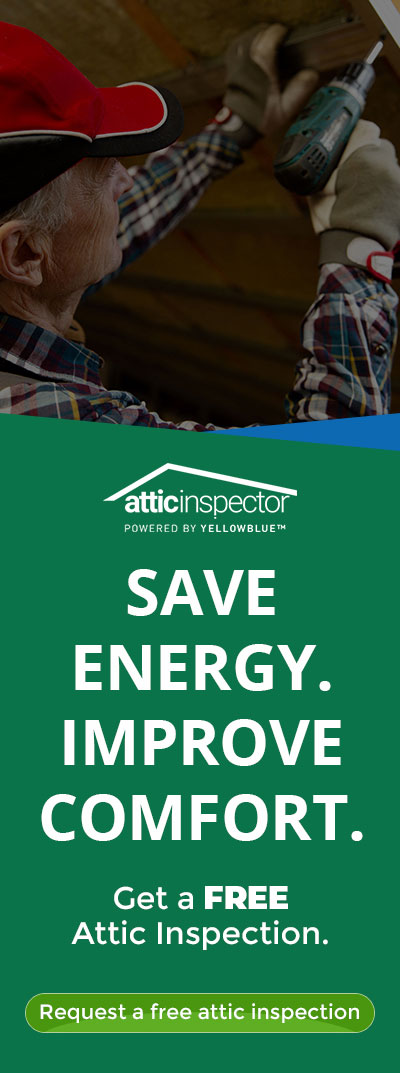Your old electric powered attic fan needs replacement.
When you first bought your electric powered attic fan, or the home with the fan, it seemed like a good idea: remove heat and moisture from the attic so your air conditioner can work less. The problem though is that standalone electric powered attic fans are rarely good ideas, except in theory. In fact, research shows the electric consumption of powered attic ventilators to be greater than the savings in air conditioning energy. So, how do you get the benefits of powered attic fans without paying for power? By harnessing the power from the sun, of course!
Solar powered attic fans ventilate your attic and are free to operate. In addition, solar attic fans are environmentally friendly and qualify for the 26% Federal Tax Credit. Additional incentives including rebates are also available for residents of specific municipalities. Installing a solar powered attic fan in replacement of a powered ventilator usually requires minimal effort because there is already an access hole. Simply remove, or have an authorized installer remove your old attic fan, position your replacement, and secure it to the roof. Once secured, your new solar attic fan will begin operating immediately, sun up to sun down. No additional wiring necessary.
Want additional information on how to install Yellowblue’s Solar Attic Fans? Check out our YouTube Channel for DIY tips, plus a full overview on features and benefits.
Most attic ventilators often draw 250-300 watts of electric power when in operation. And, according to Duke Energy, it costs over $100 each year to power an electric attic fan. Why not take that money and invest it in a product that can actually save you money, rather than fight your wallet and the heat? Solar powered attic fans have the potential to reduce attic air temperatures by over 20oF in the summer months. Combine that with no operating expenses, no maintenance, and various financial incentives and you have not only a functional replacement, but a product that antiquates power attic ventilators.
Get the most out of your replacement solar attic fan, air seal and maximize insulation for an energy efficient home that lasts.
Your home’s living space can be infiltrated by heat in several ways. Heat directly moves from one solid to another, otherwise know as conduction. Heat also radiates from your roof into the attic, moving towards the attic floor and ceiling’s insulation. Simply put, your home takes a beating from heat. Solar powered attic fans are wonderful products, but in most cases, they will not win the fight against heat alone. In addition to installing a solar powered attic fan, you should take the following into account to help reduce heat flow:
- Make sure your attic floor and interior room ceiling are tightly air-sealed
- Check to see that your insulation is not depleted, add additional insulation as needed
- Consider adding supplemental insulation products, such as multi layer insulation to maintain your total system R-value
- Confirm that soffit vents and other passive vents are not blocked by insulation
Implementing the above steps in combination with a solar powered attic fan will go a long way. Keep in mind that there is no single product or tactic to win the fight against high energy bills while protecting your home. One thing is for sure: Using electricity to ventilate an attic and reduce heat transfer is rarely a good idea.
A cooler attic is a more comfortable home, but the benefits go way beyond comfort. A cooler attic can extend the life of your roof. In turn, this can potentially save you hundreds, even thousands of dollars in repairs in the future. Do not wait until your electric powered attic fan fails. It already is failing—and that is not cool. Go solar to further ventilate, and do not forget to seal and insulate, for the win.




